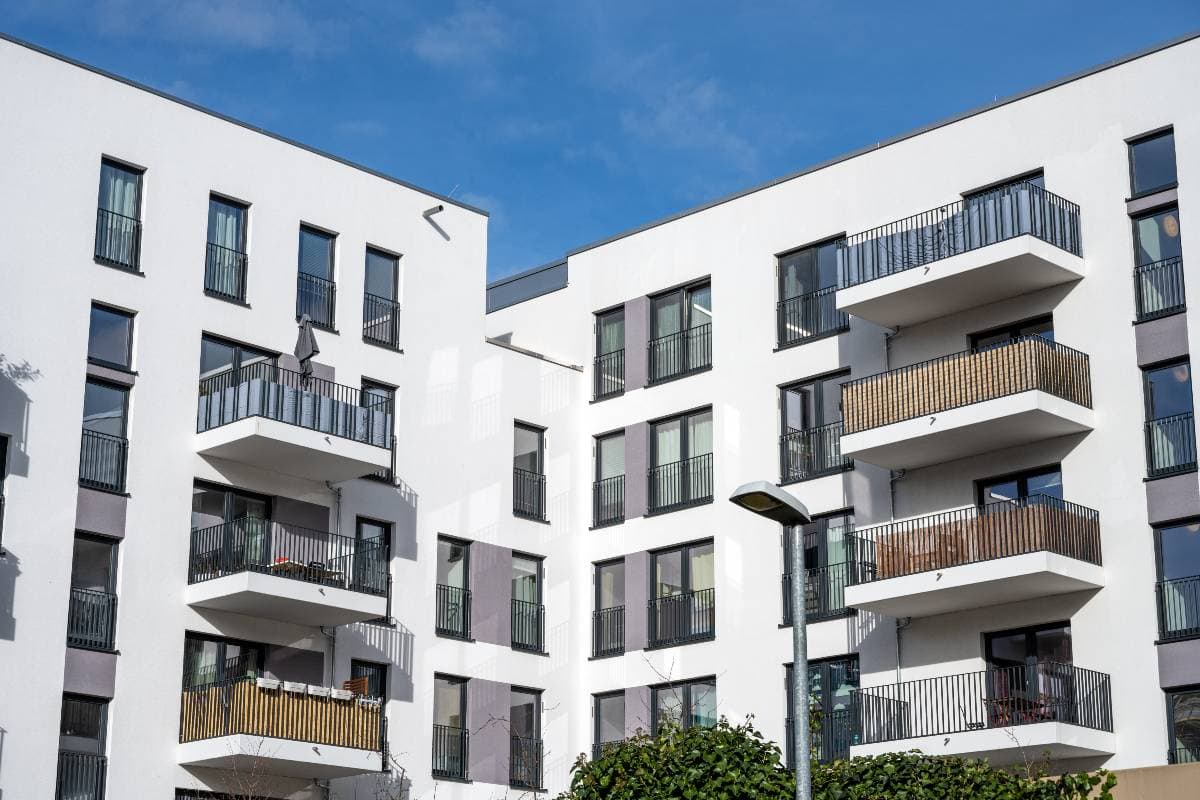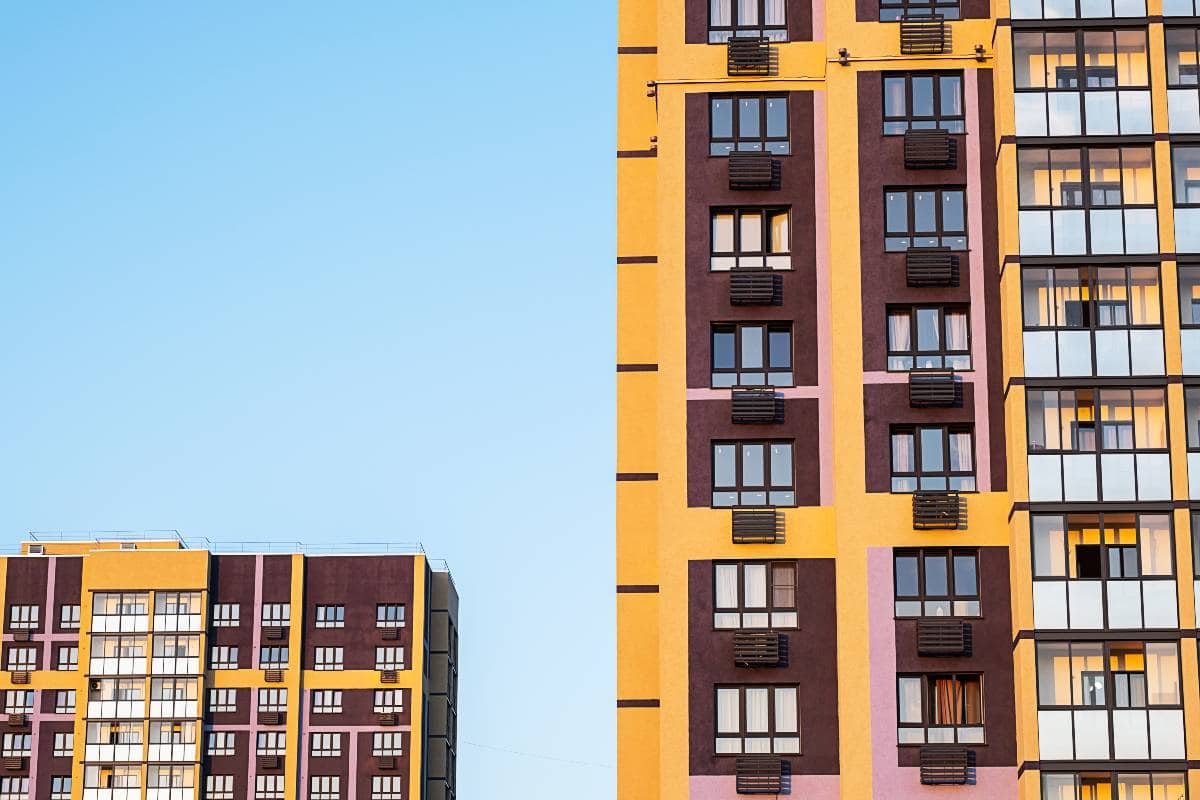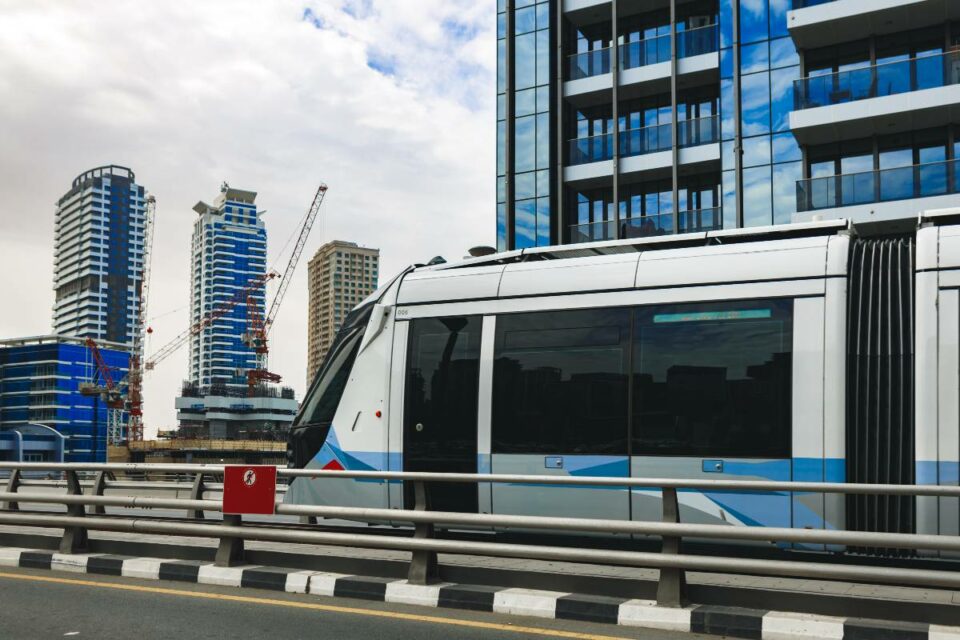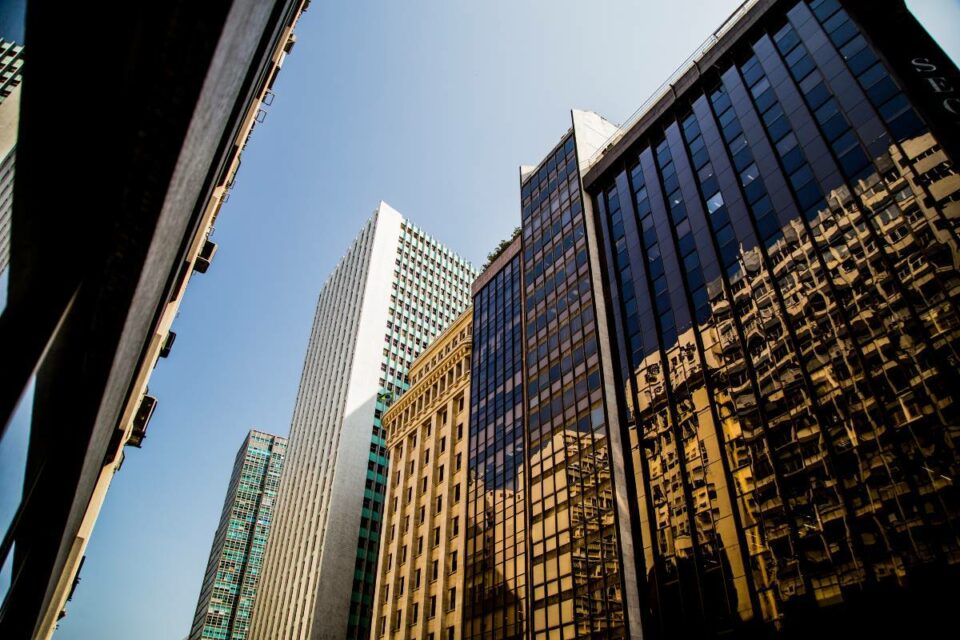I have some exciting insights to share with you about the multifamily market in 2024 and beyond. As someone who’s been in the commercial real estate game for over 18 years, I’ve seen trends come and go, but what’s happening now? It’s a whole new ballgame.
The multifamily sector is evolving at breakneck speed, and staying ahead of the curve isn’t just smart – it’s essential. Whether you’re an investor looking to maximize your returns or a developer aiming to create the next hot property, understanding these emerging trends is your ticket to success. So, buckle up, because we’re about to dive deep into the future of multifamily real estate!
Key Takeaways
- Economic factors and demographic shifts are reshaping the multifamily landscape
- Sustainability and technology integration are becoming crucial for attracting modern renters
- Data-driven decision-making and adaptive reuse are emerging as game-changers in the industry
Economic Factors Influencing Multifamily Trends
Let’s talk money, folks. The economic landscape is like a roller coaster right now, and it’s having a massive impact on our industry. Interest rates are the talk of the town, and for good reason. Higher rates are making financing trickier, but don’t panic – there’s always an opportunity for change. The job market and consumer confidence are looking up overall, which is music to our ears. More jobs mean more renters, after all.
Now, let’s not forget we’re in an election year. Politics aside, the uncertainties and potential policy changes could be game-changers for our industry. Keep a close eye on legislation like the Tax Relief for American Families and Workers Act – it could shake up investment strategies in a big way.
Here’s some good news to chew on: according to the Matrix Multifamily National Report, rent growth might be all over the map depending on where you are, but overall? Absorption is healthy as a horse. We’re talking nearly 300,000 units absorbed nationally in 2024. If that’s not proof of demand, I don’t know what is!
Shifting Demographics and Renter Preferences
Now, let’s chat about who’s renting these days. The landscape is changing, and it’s fascinating.
Young renters are dominating the market, bringing a whole new set of expectations with them. These folks are tech-savvy and environmentally conscious, and they know exactly what they want.
Flexibility is the name of the game for this crowd. They want the freedom to move without being tied down, which is reshaping how we think about lease terms and community design. And let’s talk about sustainability – it’s not just a buzzword anymore. Green practices have moved from nice-to-have to must-have status.
As a landlord or investor, understanding these shifts is crucial. It’s not just about providing four walls and a roof anymore. It’s about creating a lifestyle that appeals to these modern renters. The properties that can offer this blend of flexibility, sustainability, and lifestyle are the ones that will thrive in the coming years.
Design and Amenity Trends
Speaking of lifestyle, let’s dive into what’s hot in design and amenities. Trust me, this is where you can really set your property apart.
Biophilic design is all the rage right now. We’re talking about bringing the outdoors in with elements like wood accents, indoor gardens, and large windows for natural lighting. It’s not just about aesthetics – it’s about creating a connection with nature that resonates with today’s renters.
But it doesn’t stop there.
Wellness-centric amenities are taking center stage. Imagine offering your tenants a spa-like experience right at home, with features like cold plunges, saunas, and steam rooms. Couple that with state-of-the-art fitness centers and outdoor spaces for yoga and meditation, and you’ve got a recipe for happy, healthy tenants.
And let’s not forget about the common areas.
Hotel-inspired communal spaces are transforming the way we think about apartment living. Luxurious lobbies that make you feel like you’re in a five-star hotel, and thematic design elements that create a unique identity for each property – these are the touches that turn a building into a community.
Remember, in today’s market, it’s all about creating an experience, not just a place to live. The properties that can nail this aspect will have a significant edge in attracting and retaining tenants.
Technology Integration and Smart Living
Alright, tech enthusiasts, this one’s for you. The future is now in multifamily living, and it’s all about seamless integration. AI and automation in property management are revolutionizing how we operate, making everything from maintenance requests to rent payments smoother and more efficient.
Smart home features and IoT integration are no longer the stuff of science fiction – they’re becoming standard expectations. Imagine being able to control your lighting, temperature, and security all from your smartphone. It’s not just cool; it’s convenient, and convenience is king for today’s renters.
Enhanced security systems and package management solutions are giving residents peace of mind in an increasingly digital world. With online shopping booming, having a secure and efficient way to manage deliveries is no longer a luxury – it’s a necessity.
The key here? Making sure all this technology actually makes life easier, not more complicated. Get this right, and you’ll have renters lining up at your door, eager to experience the future of living.
Community-Building and Convenience
In my 18 years in this industry, I’ve never seen community-building take center stage like it is now. Today’s renters aren’t just looking for a place to sleep – they’re looking for a place to belong.
That’s why we’re seeing a surge in on-site retail spaces and services. Imagine having a coffee shop, dry cleaner, and mini-mart right in your building. It’s all about creating a mini-ecosystem within your property.
But it goes beyond just services. Social interaction areas and community events are becoming crucial for fostering a sense of belonging. From rooftop barbecues to yoga classes in the park, these activities help turn a group of strangers into a tight-knit community.
And let’s not forget about the work-from-home crowd. Co-working spaces and business centers are no longer just nice-to-have amenities – they’re essential for many renters. With remote work becoming more common, having a professional space to work without leaving home is a major draw.
The more convenient and community-oriented your property is, the happier (and longer-term) your tenants will be. It’s all about creating an environment where people don’t just live – they thrive.
Investment Strategies and Market Outlook
Alright, investors, this is where we get down to brass tacks. The multifamily market is evolving, and so should your strategies. Long-term performance expectations are shifting. It’s not just about quick returns anymore – we’re looking at sustained growth and stability.
Keep an eye on emerging markets. Sometimes, the best opportunities are where you least expect them. Secondary and tertiary markets are showing some exciting potential, often with less competition and more room for growth than traditional hotspots.
In this uncertain climate, risk mitigation is key. Diversification isn’t just a buzzword – it’s a survival strategy. Consider spreading your investments across different types of multifamily properties or even different geographic areas to balance your portfolio.
Remember, in this game, adaptability is your best friend. Stay flexible, stay informed, and you’ll stay ahead. The multifamily market is changing, but with change comes opportunity. Those who can anticipate and adapt to these shifts will be well-positioned for success in 2026 and beyond.
Sustainability and ESG Considerations
Let’s talk green – and I don’t just mean money. Sustainability is the future, folks, and it’s reshaping the multifamily landscape in a big way. Green building practices and certifications are becoming standard, not just for the eco-conscious crowd, but for savvy investors who recognize the long-term benefits.
Energy efficiency and renewable energy integration are not just good for the planet – they’re good for your bottom line. Think about it: lower operating costs, higher tenant satisfaction, and a positive impact on property values. It’s a win-win-win situation.
But sustainability goes beyond just the physical aspects of a property. Social responsibility initiatives in multifamily communities are winning hearts (and leases). From community gardens to volunteer programs, these initiatives create a sense of purpose and connection that today’s renters crave.
And let’s not forget about the bigger picture. ESG factors (Environmental, Social, and Governance) are increasingly influencing investor decisions. Properties that can demonstrate strong ESG performance are becoming more attractive to both investors and tenants.
The bottom line? Going green isn’t just trendy – it’s smart business. As we move towards 2026, the properties that can effectively integrate sustainability into their operations will have a significant competitive advantage.

Adaptive Reuse and Mixed-Use Developments
Here’s where things get really exciting. We’re not just building new – we’re reimagining the old. Adaptive reuse is booming, with developers transforming everything from old office buildings to defunct shopping malls into vibrant multifamily communities.
This trend isn’t just about finding new spaces for housing. It’s about creating mixed-use developments that integrate residential, commercial, and recreational spaces into cohesive, self-contained communities. Imagine living in a converted warehouse where you can walk downstairs to grab a coffee, hit the gym, and then head to your co-working space – all without leaving the building.
Of course, adaptive reuse projects come with their own set of challenges. Zoning issues, structural considerations, and preserving historical elements can all add complexity to these developments. But the rewards can be immense – both in terms of ROI and in the creation of unique, character-filled spaces that stand out in the market.
This trend is not just about real estate – it’s about urban revitalization and community building. It’s a whole new frontier in our industry and one that I’m particularly excited about as we look towards 2026 and beyond.
Data-Driven Decision-Making in Multifamily
In today’s world, data is king, and the multifamily sector is no exception. Big data is revolutionizing how we approach market analysis and forecasting. With the right tools, we can now predict market trends, optimize pricing strategies, and identify investment opportunities with unprecedented accuracy.
But it’s not just about market analysis. Predictive analytics are changing the game in maintenance and operations. Imagine being able to anticipate when a piece of equipment is likely to fail and performing preventive maintenance before it becomes a problem. This not only saves money but also improves tenant satisfaction by reducing disruptions.
Perhaps most excitingly, data is enabling the personalization of tenant experiences like never before. By analyzing tenant behavior and preferences, properties can tailor their offerings and communications to meet individual needs. This could mean anything from customized amenity recommendations to personalized lease renewal offers.
The key? Don’t just collect data – use it. Turn those numbers into actionable insights, and watch your properties thrive. As we move towards 2026, the multifamily players who can effectively harness the power of data will have a significant edge in this competitive market.

Regulatory Landscape and Compliance
Last but not least, let’s talk about regulations. It might not be the sexiest topic, but it’s crucial for anyone in the multifamily space. The regulatory landscape is evolving rapidly, and staying ahead of these changes is key to avoiding headaches down the line.
Rent control and affordable housing policies are hot-button issues in many markets. As cities grapple with housing affordability challenges, we’re seeing a range of new regulations emerge. Some are creating opportunities for savvy developers, while others are posing challenges that require creative solutions.
Fair housing and anti-discrimination regulations are more important than ever. It’s not just about compliance – it’s about creating inclusive communities that welcome all residents. This isn’t just the right thing to do; it’s also smart business in an increasingly diverse rental market.
And let’s not forget about building codes. As sustainability and safety standards evolve, we’re seeing updates that can significantly impact development and renovation projects. Staying on top of these changes is crucial for avoiding costly surprises mid-project.
The takeaway? Stay informed, stay compliant, and you’ll stay out of trouble. It’s as simple as that. As we look towards 2026, the successful multifamily players will be those who can navigate this complex regulatory landscape while still delivering value to both tenants and investors.
FAQs
How will interest rates affect multifamily investments in 2025?
What amenities are becoming must-haves for modern renters?
How is sustainability shaping multifamily design and operations?
What role does technology play in attracting and retaining tenants?
How can multifamily investors prepare for potential market volatility?
Conclusion
The multifamily landscape is changing fast. But here’s the thing: change brings opportunity. For those of us willing to adapt, to innovate, and to truly understand what modern renters want, the future is incredibly bright.
In this industry, knowledge is power. Stay informed, stay flexible, and most importantly, stay passionate about creating homes and communities that people love. The multifamily sector is more than just buildings – it’s about creating spaces where people can live, work, and thrive.
As we look towards 2026 and beyond, I’m excited about the possibilities that lie ahead. Sure, there will be challenges, but with challenges come opportunities for those who are prepared. And that’s where you come in.
Want to dive deeper into how these trends could impact your specific multifamily investments or developments? I’d love to chat!
With 18 years of experience under my belt, I’ve seen it all – and I’m always excited to share insights and strategies.
Let’s schedule a consultation and explore how we can make these trends work for you. Drop me a line, and let’s shape the future of multifamily real estate together!




